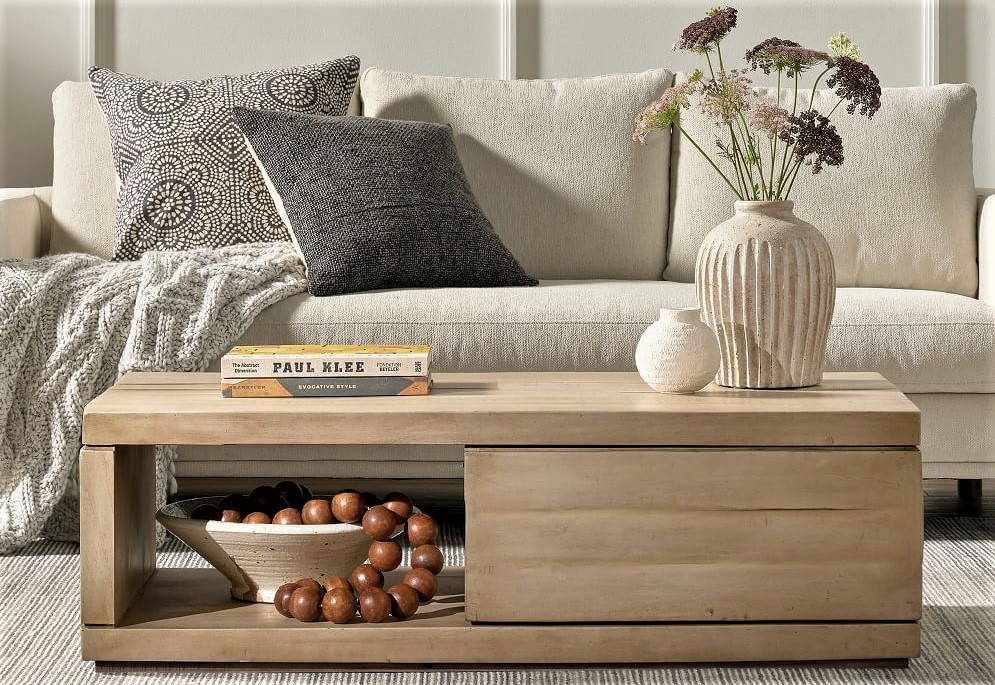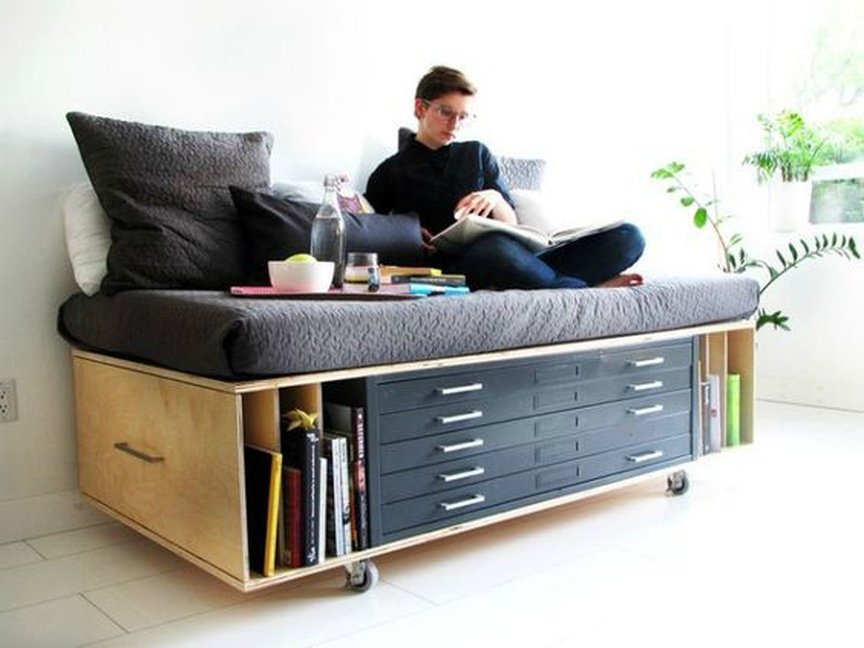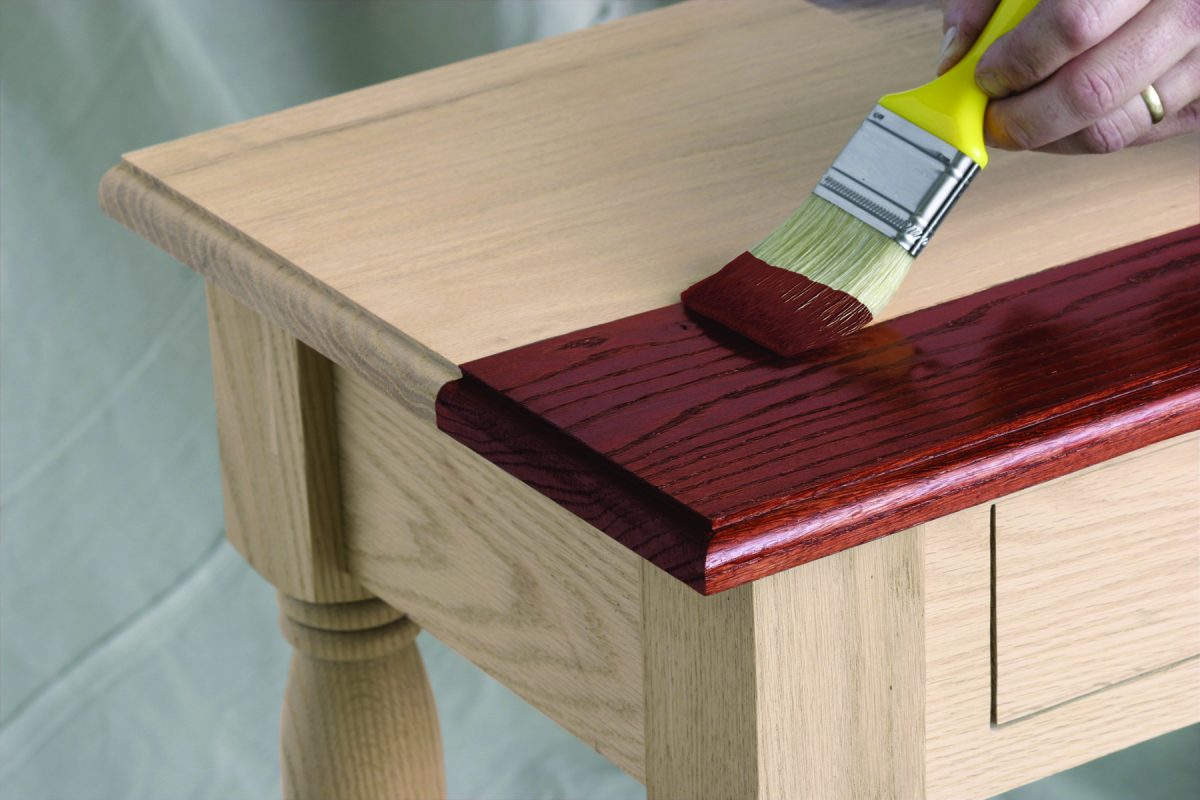Throughout generations, skilled artisans have crafted remarkable pieces that stand out not only for their functionality but also for their intricate design. This unique technique showcases brilliant precision that elevates various products beyond mere utility, transforming them into works of art. Harmony between strength and aesthetics captures attention, making these creations a desirable addition to any interior space.
Utilizing time-honored methods, craftsmen employ advanced strategies to ensure durability while highlighting elegant patterns. These time-tested techniques inspire admiration, as they reflect a commitment to quality and artistry. By integrating such remarkable craftsmanship into everyday items, one can enhance both ambiance and structural integrity, creating lasting impressions.
As individuals seek to enrich their living environments, turning to distinctive manufacturing practices can uncover unmatched qualities often overlooked in contemporary approaches. Emphasizing the connection between traditional methods and modern design can result in extraordinary pieces that resonate with a sense of history, craftsmanship, and creativity.
Understanding Dovetail Joinery Techniques
Joinery techniques play a vital role in woodworking, combining aesthetics with structural integrity. Mastering these methods not only enhances craftsmanship but also contributes to the longevity of projects. One prominent technique stands out for its unique design and functional attributes.
Key Characteristics
-
Provides exceptional strength and stability.
-
Creates visually appealing patterns.
-
Minimizes the need for additional fasteners.
Popular Styles
-
Through dovetail: Visible joints on the outside, ideal for traverses.
-
Half-blind dovetail: Concealed from one side, perfect for drawer fronts.
-
Sliding dovetail: A sliding motion secures two pieces along their edges.
Understanding these styles allows artisans to select the appropriate method based on project requirements, leading to a harmonious blend of form and function.
The Aesthetic Appeal of Dovetail Designs
This unique method of interlocking wood provides not only structural integrity but also a striking visual character. Its clean lines and intricate patterns catch the eye, making pieces stand out in any setting. Craftsmen often showcase their skills through these delightful connections, adding a touch of artistry to their creations.
Intricacy is a hallmark of this style, with each joint reflecting careful thought and precision. The varying shapes and sizes of these connections can enhance an item’s overall look, turning plain objects into stunning statement pieces. The variety offers endless possibilities for customization, ensuring that every item is distinct and personalized.
Furthermore, nature of the materials used plays a vital role in enhancing the appeal. The rich textures and colors of different woods blend harmoniously, creating visual depth. When paired with thoughtful design elements, these features unify functionality with artistic expression, making any craft a true work of art.
Durability and Strength of Dovetail Joints
When it comes to constructing pieces, certain methods stand out for their ability to withstand time and wear. One technique, in particular, offers remarkable resilience and robustness, making it a popular choice among craftsmen and enthusiasts alike. Its interlocking design not only enhances aesthetic appeal but also significantly contributes to structural integrity.
Mechanical Advantage
One of the key features of this joining method is its mechanical advantage. The unique shape creates a lock that holds two pieces together with minimal reliance on adhesives. Unlike simpler connections, this design distributes forces evenly across the joint, reducing stress concentration in any single area. Consequently, furniture constructed using this technique demonstrates greater longevity, capable of withstanding daily use without compromising its form.
Resistance to Stress
In addition to its inherent strength, this style of joining offers excellent resistance to bending and racking forces. This characteristic is crucial for items subject to substantial pressure, particularly in items like cabinets and drawers. As a result, such structures maintain their alignment over time, ensuring seamless functionality. Accordingly, pieces featuring this technique are less likely to suffer from common issues such as warping or loosening, solidifying their reputation for enduring performance.
Applications of Dovetail Joints in Furniture
In various aspects of woodworking, intricate connections play a crucial role in ensuring strength and durability. One such method is frequently utilized in the crafting of different household items, providing not only structural integrity but also aesthetic appeal. Craftsmen often opt for this technique due to its remarkable efficiency and long-lasting results.
One of the most prominent uses can be found in drawer construction. The interlocking design prevents sliding and contributes to seamless operation, making drawers more reliable over time. In addition, this approach offers a visual charm that enhances overall aesthetics of cabinetry.
Moreover, this method is often applied in box formation where stability is essential. These joints are commonly seen in a variety of storage solutions, from small keepsake boxes to larger chests, enabling them to withstand daily wear.
Tables and chairs also benefit from this technique, particularly in corner joints where reinforcement is critical. Such constructions not only support weight effectively but also maintain the piece’s visual appeal with elegant lines and finishes.
Overall, the integration of these connections across different types of items illustrates the versatility and practicality of this time-honored method. It is a testament to craftsmanship that balances form with function, ensuring that each piece stands the test of time.
How to Identify Quality Craftsmanship
Recognizing superior workmanship can enhance your appreciation for skilled artistry in wooden creations. It involves a keen eye for details that separate exceptional pieces from ordinary ones. This understanding not only improves your selection process but also ensures longevity and value in your acquisitions.
Examine the Joints: High-caliber work typically showcases meticulous connections. Pay attention to how parts are assembled; well-formed joints indicate precision and skill.
Check the Material: Quality materials can significantly affect longevity. Look for solid wood over particle board, as the former offers greater durability and a richer aesthetic.
Assess the Finish: A smooth, even finish speaks volumes about the care invested in a piece. Uneven surfaces or drips suggest haste or lack of attention. Consider finishes that enhance natural beauty without overpowering it.
Look for Consistency: Uniformity across all areas of construction is crucial. This includes alignment, spacing, and design elements. Inconsistencies may signal rushed production or inferior craftsmanship.
Test the Stability: A well-built item should feel sturdy and balanced. Gently shake or press to ensure it stands firm without wobbling.
Research the Maker: Understanding the reputation of a craftsman can provide insights into their standards and methodologies. Reviews and testimonials from previous customers can guide your evaluation process.
By focusing on these aspects, you can confidently identify exceptional creations that will not only elevate your space but also serve as lasting investments.
Maintaining and Caring for Dovetail Furniture
Proper upkeep is essential for preserving the integrity and longevity of finely crafted pieces. Regular attention not only enhances their appearance but also ensures functionality remains intact throughout the years. Caring for such items requires a thoughtful approach to cleaning, climate control, and repair.
Cleaning Techniques
Keeping your beloved items clean is crucial for maintaining their charm and structure. Here are some effective methods:
-
Use a soft, lint-free cloth for dusting, avoiding harsh materials that may scratch surfaces.
-
For deeper cleaning, slightly dampen the cloth with warm water, but ensure surfaces dry promptly to prevent moisture damage.
-
Avoid using abrasive cleaners or chemical substances that can degrade finishes over time.
Environmental Considerations
Storing these cherished creations in suitable conditions plays a vital role in their preservation. Consider the following:
-
Maintain a stable temperature and humidity level to minimize expansion and contraction.
-
Avoid direct sunlight exposure, which can fade colors and weaken materials.
-
Use coasters and protective pads to prevent scratches or dents from heavier items.
Implementing these practices will ensure your treasured pieces remain in excellent condition, allowing you to enjoy their craftsmanship for years to come.
Q&A: Home furniture dovetail joinery
What is dovetail joinery and why is it preferred in furniture making?
Dovetail joinery is a woodworking technique that uses interlocking joints to connect two pieces of wood together. This method provides a strong, durable bond that resists pulling apart, making it ideal for constructing furniture that can withstand regular use. The unique design of dovetail joints also enhances the aesthetic appeal of furniture, showcasing craftsmanship and attention to detail. Due to these benefits, many furniture makers prefer dovetail joinery for drawers, cabinets, and other pieces that require longevity and stability.
How does dovetail joinery compare to other types of joints in terms of strength and durability?
In comparison to other types of joints, such as butt joints or pocket holes, dovetail joints are known for their superior strength and durability. This is because the interlocking design distributes stress more evenly throughout the joint, minimizing the risk of separation or failure over time. Moreover, dovetail joints do not rely on adhesives or fasteners alone, which can loosen or degrade. As a result, furniture that utilizes dovetail joinery tends to last longer and withstand the rigors of everyday use, making it a favored choice among skilled craftsmen and homeowners alike.
Can dovetail joinery be used in modern furniture designs, or is it only for traditional styles?
Dovetail joinery is incredibly versatile and can be effectively utilized in both modern and traditional furniture designs. While this joinery technique is often associated with classic craftsmanship, many contemporary furniture makers have adapted dovetail joints to complement sleek, modern aesthetics. For instance, dovetail joints can be seamlessly integrated into minimalist drawer designs or as hidden joints in cabinetry, providing both strength and a touch of elegance. The combination of modern materials with dovetail joinery allows for innovative designs while retaining the benefits of traditional craftsmanship.
What are the visual benefits of using dovetail joinery in home furniture?
The use of dovetail joinery not only serves a functional purpose but also adds significant visual appeal to home furniture. The intricate interlocking shapes create a unique pattern that signifies quality craftsmanship and attention to detail. Visible dovetail joints can serve as a decorative element, highlighting the skill involved in constructing the furniture. Additionally, the combination of different wood grains and colors in dovetail joints can enhance the overall design, making each piece a work of art. Homeowners often appreciate these aesthetic qualities, as they contribute to a timeless and elegant look in their living spaces.
What are French dovetail joints and how are they used in dresser construction?
French dovetail joints are woodworking joints where the drawer sides are tapered and slide into a groove on the front of the drawer. This type of joint is commonly used in dresser construction because it allows for a larger drawer front and creates a strong connection while maintaining a sleek appearance.
How do English dovetail joints differ from French dovetail joints in nightstands?
English dovetail joints are more visible and consist of interlocking pins and tails on both sides of the drawer. In nightstands, English dovetail joints are often used for their strength and durability, providing a solid connection. French dovetail joints, on the other hand, are typically hidden and used to save space in drawer construction.
What is the importance of dowel joints in furniture construction?
Dowel joints are crucial in furniture construction because they use cylindrical wooden pegs to join two pieces of wood at a 90-degree angle. This method is often used in dressers, desks, and nightstands to ensure long-lasting joints that can withstand daily wear and tear, providing additional stability without the need for nails or screws.
Why are dovetail joints favored in the woodworking industry?
Dovetail joints are favored in the woodworking industry due to their strength, longevity, and aesthetic appeal. They provide a tight fit between two pieces of wood, ensuring that drawers don’t easily come apart. This joint is often seen in high-quality, hand-crafted furniture like dressers and chest of drawers.
What is the difference between mitered dovetails and standard dovetail joints in drawer construction?
Mitered dovetail joints combine the aesthetic appeal of a miter joint with the strength of a dovetail joint. Unlike standard dovetail joints that are visible from the front, mitered dovetails hide the joint’s interlocking structure, creating a clean, elegant look. These are often used in high-end furniture, where both style and durability are essential.




